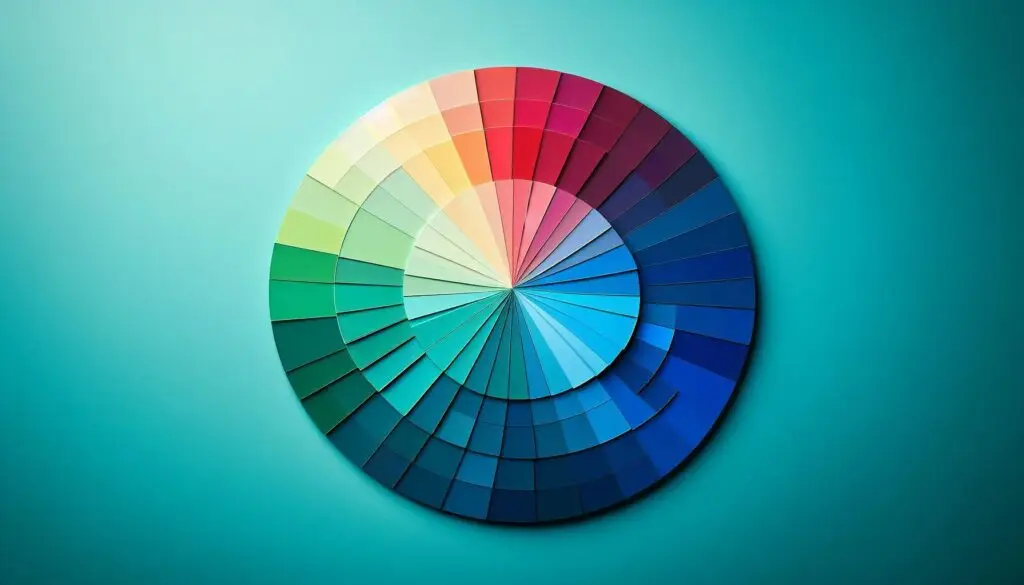The Psychology of Colors in Branding and Its Influence
Colors play a vital role in evoking emotions and influencing perceptions in branding. Businesses harness the psychology of colors to create strong identities and connections with their audience. This article delves into the fundamentals of color psychology and its application in branding strategies.
Understanding Color Psychology
Color psychology is the study of how colors affect human behavior and emotions. Our responses to colors are tied to cultural conditioning and personal experiences. For brands, understanding these associations can be pivotal in captivating their target audience and conveying the right message.
The Physiological and Emotional Impact
Colors can lead to various physiological responses, such as increased heart rate or relaxation. These responses feed into emotional connections:
- Warm Colors (Red, Orange, Yellow): Warm colors are often associated with energy and excitement. Red can evoke strong emotions, including passion or urgency, while orange radiates enthusiasm and friendliness. Yellow often invokes feelings of happiness and positivity.
- Cool Colors (Blue, Green, Purple): Cool colors tend to create a sense of calm and security. Blue is often linked to trust and professionalism, making it a popular choice for financial institutions. Green symbolizes growth, health, and tranquility, making it prevalent in eco-friendly brands and health-related organizations. Purple is associated with luxury and creativity.
- Neutrals (Black, White, Gray): Neutral colors provide balance and sophistication. Black can convey elegance and authority, while white symbolizes purity and simplicity. Gray is often viewed as timeless and reliable.
The Influence of Color on Brand Recognition
Research suggests that color plays a significant role in brand recognition. In fact, it can increase brand recognition by up to 80%. A well-chosen color palette can set a brand apart from competitors, ensure better recall, and help establish an emotional connection over time.
Color Choices by Industry
Understanding how color functions within certain industries can guide brands toward making appropriate choices:
- Food and Beverage: Red and yellow are frequent choices in this industry, as they evoke appetite and stimulate hunger. Brands like McDonald’s and Coca-Cola utilize these colors effectively.
- Finance: Blue dominates this sector due to its association with trust. Banks and financial institutions typically choose blue to convey stability and security.
- Health and Wellness: Green is prevalent in health-related branding, representing vitality and well-being. Many health-focused brands use varying shades of green to evoke feelings of healthfulness.
- Technology: Black and silver are common in tech branding, symbolizing sleekness and modernity. Tech giants like Apple use monochromatic schemes to convey innovation and sophistication.
The Importance of Consistency

While selecting a color scheme is crucial, consistency across all platforms and marketing materials reinforces brand recognition. Keeping color associations uniform ensures that the brand remains memorable and maintains its intended emotional impact. A disjointed color palette can confuse consumers and dilute the brand message.
Case Studies of Effective Color Use
To illustrate the effective implementation of color psychology, let’s take a look at a few leading brands:
- Coca-Cola: The iconic red color not only stands out globally but also evokes excitement and energy, encouraging customers to associate the drink with happiness and social gatherings.
- Nike: Nike’s use of black implies power and sophistication, aligning with its brand image of elite sports performance and aspiration.
- Starbucks: The green color associated with Starbucks evokes feelings of calm and relaxation, promoting the coffeehouse as a comforting retreat in a bustling world.
Conclusion
In conclusion, the psychology of colors plays an essential role in branding, influencing consumer perceptions and emotions. By carefully selecting and consistently implementing color schemes, brands can effectively communicate their values and foster lasting connections with their audiences. Understanding the emotional impact and cultural significances of colors can provide brands with a significant advantage in today’s competitive landscape.




Pingback: How To Create A Memorable Brand Logo 2025